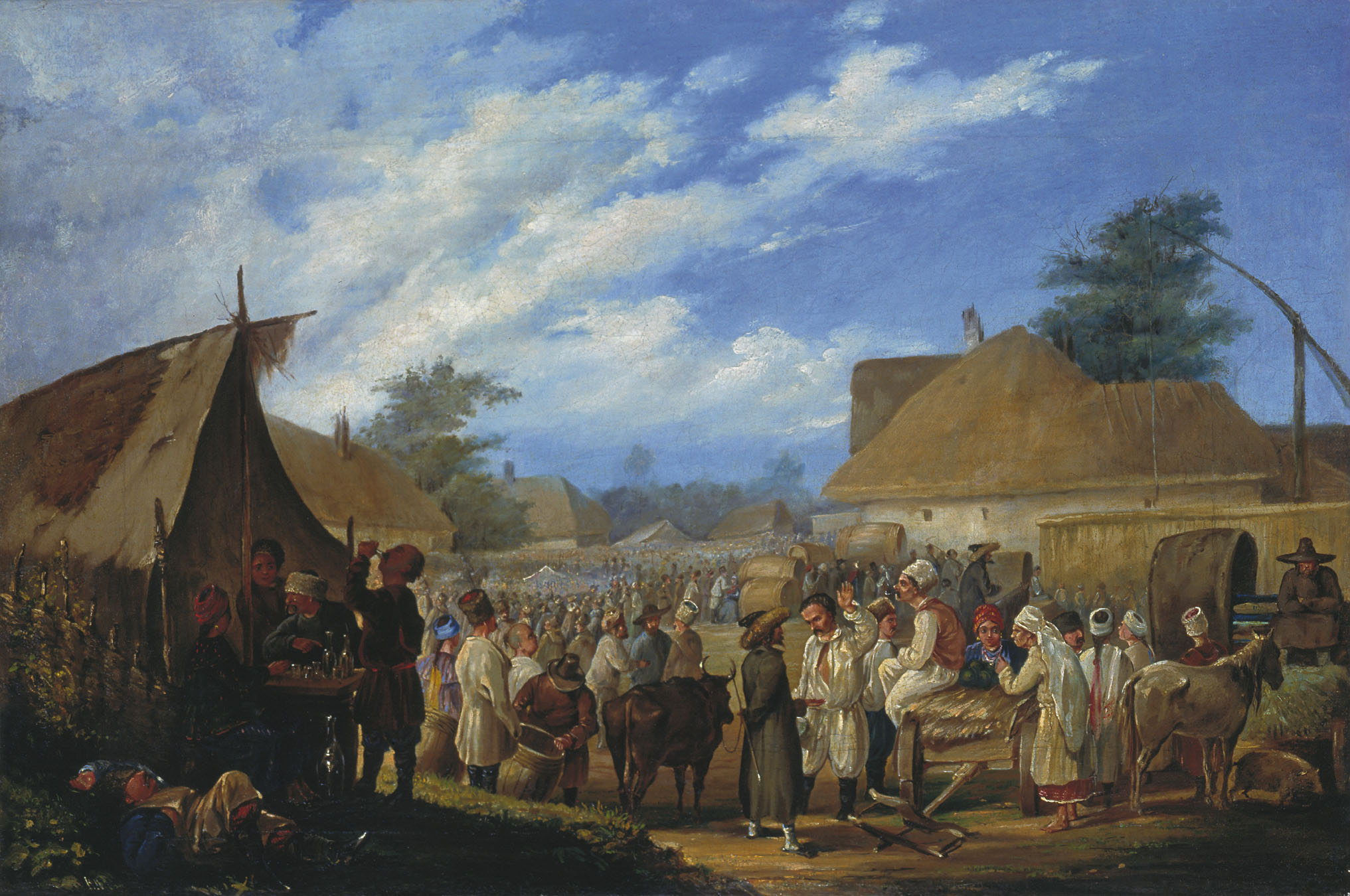|
Ichnia Regiment
The Ichnia Regiment () was one of the territorial-administrative subdivisions of the Cossack Hetmanate. The regiment's capital was the city of Ichnia, now in Chernihiv Oblast of northern Ukraine. Regiment was raised by colonel Petro Holovatskyi in and around the town of Ichnia in January 1648, during Khmelnytsky Uprising. Shortly after Treaty of Zboriv, in October 1649, the regiment was disbanded. The regiment was reduced to 2 sotnias which were then transferred to Pryluky Regiment The Pryluky Regiment was one of the seventeen territorial-administrative subdivisions of the Hetman State. The regiment's capital was the city of Pryluky, now in the Chernihiv Oblast, north-central Ukraine. History The regiment was created dur .... Commanders All commanders were Colonels. *Petro Holovatskyi 1648-1649 *Stepan Holovatskyi 1649 References Sources * * {{Cossack Regiments Cossack Hetmanate Regiments History of Chernihiv Oblast ... [...More Info...] [...Related Items...] OR: [Wikipedia] [Google] [Baidu] |
Cossack Hetmanate
The Cossack Hetmanate (; Cossack Hetmanate#Name, see other names), officially the Zaporozhian Host (; ), was a Ukrainian Cossacks, Cossack state. Its territory was located mostly in central Ukraine, as well as in parts of Belarus and southwestern Russia. It existed between 1649 and 1764, although its administrative-judicial system persisted until 1781. The Hetmanate was founded in the eastern territories of the Polish–Lithuanian Commonwealth by the Treaty of Zboriv, signed on August 18, 1649 by Bohdan Khmelnytsky (Hetman of the Zaporizhian Host) and Adam Kysil (representing Crown Forces), as a result of Khmelnytsky Uprising. Establishment of vassal relations with the Tsardom of Russia in the Pereiaslav Agreement, Treaty of Pereiaslav of 1654 is considered a benchmark of the Cossack Hetmanate in Soviet, Ukrainian, and Russian historiography. The second Pereiaslav Articles, Pereiaslav Council in 1659 restricted the independence of the Hetmanate, and from the Russian side there ... [...More Info...] [...Related Items...] OR: [Wikipedia] [Google] [Baidu] |
Ichnia
Ichnia (, ) is a small city in Pryluky Raion, Chernihiv Oblast, Ukraine, located on the Ichenka River. It hosts the administration of Ichnia urban hromada, one of the hromadas of Ukraine. Population is Etymology There is evidence that in ancient times there was a small settlement called Yaskove, which was destroyed by the Mongol-Tatars. The city got its name from the name of the river Ichen, and the name of the river itself was transformed into the affectionate form of Ichenka. Researchers associate the name of the river with Tatar ''ichen'' 'watering hole', 'parking for horses'. History The first information about Ichnia dates back to the 14th century. From the 14th to 16th centuries, it was ruled by the Grand Duchy of Lithuania and the Polish–Lithuanian Commonwealth. In the middle of the 16th century, Ichnia was granted with the status of a market town. In 1666, a town hall was built. Probably at this time, the Ichnia's castle was built. Residents of the city participated ... [...More Info...] [...Related Items...] OR: [Wikipedia] [Google] [Baidu] |

